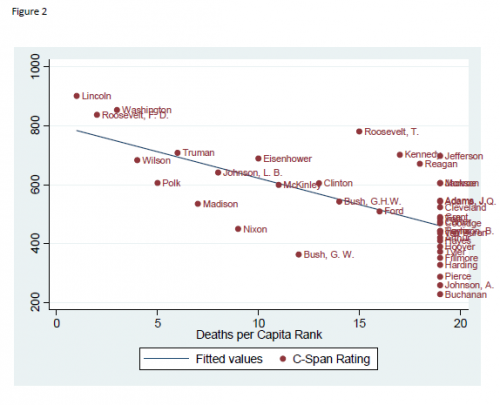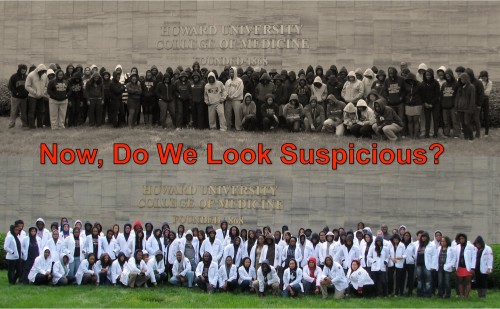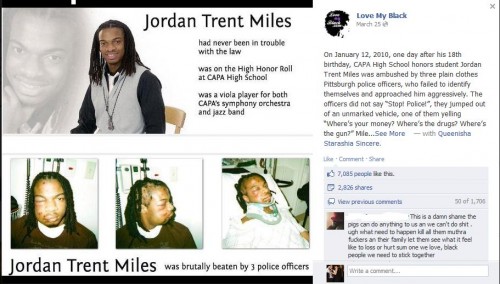 Jay Smooth — always insightful and earnest — praises the movement for justice in the Trayvon Martin case, and points us forward to what’s next:
Jay Smooth — always insightful and earnest — praises the movement for justice in the Trayvon Martin case, and points us forward to what’s next:
Lisa Wade, PhD is an Associate Professor at Tulane University. She is the author of American Hookup, a book about college sexual culture; a textbook about gender; and a forthcoming introductory text: Terrible Magnificent Sociology. You can follow her on Twitter and Instagram.

















